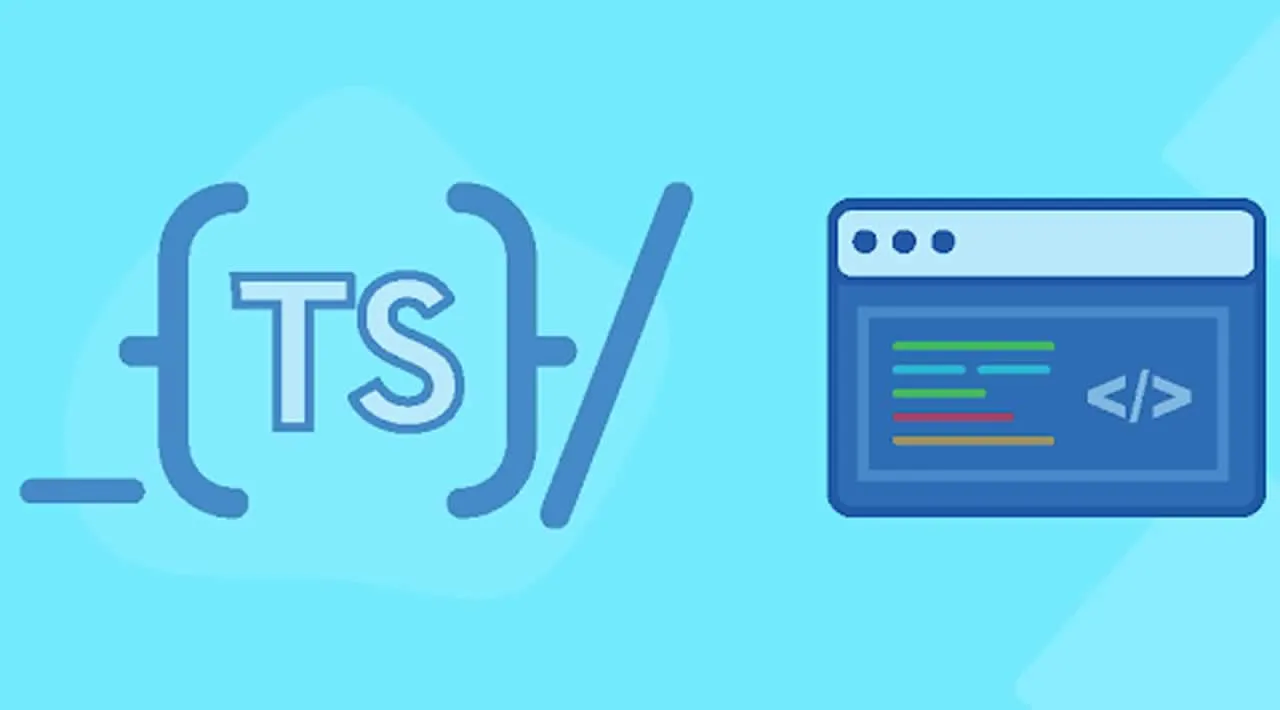In a TypeScript program, a variable can move from a less precise type to a more precise type. This process is called type narrowing. We can use type narrowing to avoid type errors like the one below:
function addLeg(animal: Animal) {
animal.legs = animal.legs + 1; // 💥 - Object is possibly 'undefined'
}
In this post, we are going to cover 6 different ways we can narrow types in TypeScript.
Using a conditional value check
The Animal type in the above example is as follows:
type Animal = {
name: string;
legs?: number;
};
TypeScript raises a type error because the legs property in the addLeg function because it could be undefined, and it doesn’t make sense to add 1 to undefined.
A solution is to check whether legs is truthy before it is incremented:
function addLeg(animal: Animal) {
if (animal.legs) {
animal.legs = animal.legs + 1;
}
}
legs is of type number | undefined before the if statement and is narrowed to number within the if statement. This type narrowing resolves the type error.
This approach is useful for removing null or undefined from types or removing literals from union types.
#typescript #programming
